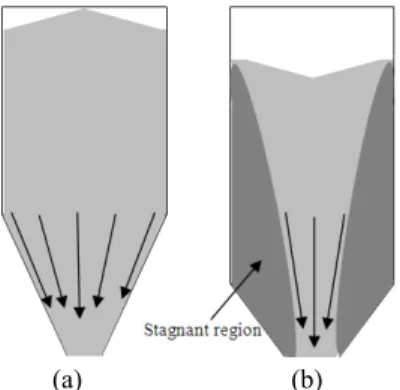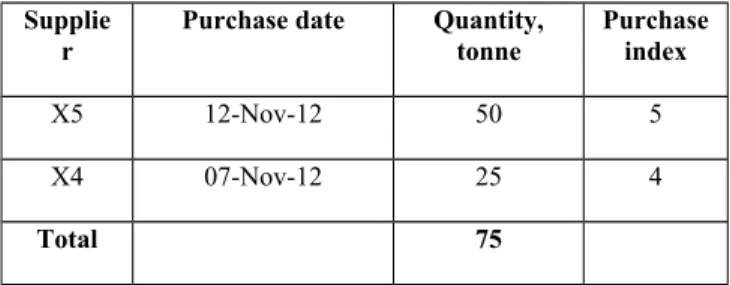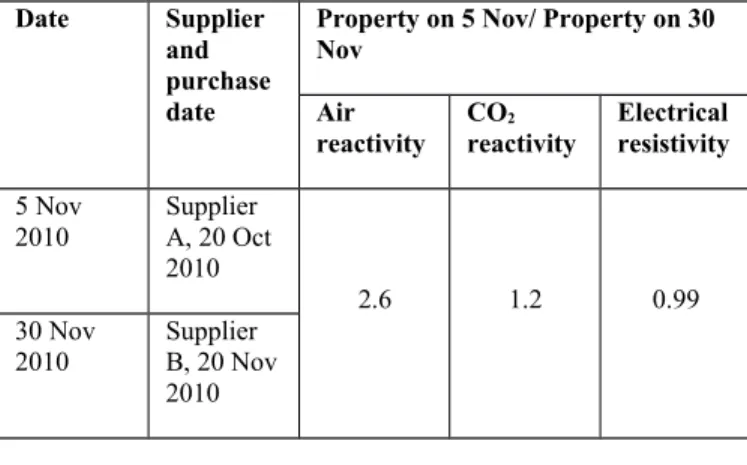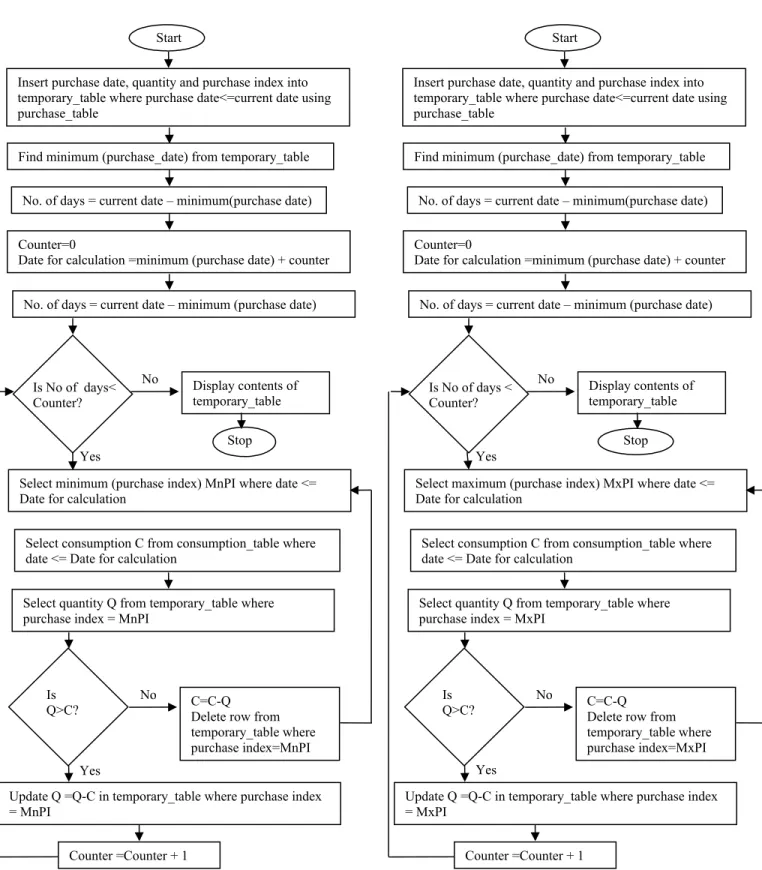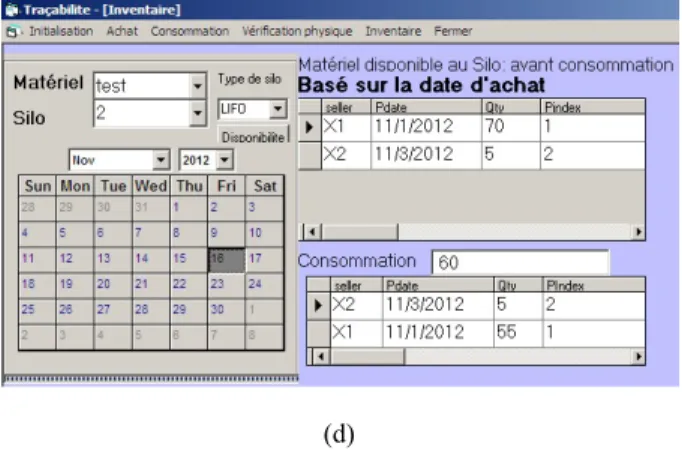Documents relatifs
The conclusion drawn is that, provided farmers receive ample technical supervision, support for budded planting material production on farms, by using a collective budwood garden,
[15] Selon ces résultats obtenus, des anodes de laboratoire ont été fabriquées et caractérisées dans cette étude afin de déterminer l’effet de l’ajout d’un brai modifié
La principale difficulté est alors que, si l’étude des mobiles se prête bien à l’étude des distances à un point marqué dans une carte aléatoire, elle semble à première vue
The cross-CoI collaboration on the re-design of the “Limits” c-book was organized in the following five phases: (1) a part of the French CoI, acting as the primary designers,
L’archive ouverte pluridisciplinaire HAL, est destinée au dépôt et à la diffusion de documents scientifiques de niveau recherche, publiés ou non, émanant des
In microsatellite analysis, moderate genetic diversity values were found for Madagascar, together with low mean number of alleles ranging from 2.47 to 3.88 compared to South
A multi-layered custom feed-forward artificial neural network model with back propagation was developed to predict the values of τ as the dependent parameter using
Two lithic assemblages - coming from the base of the Proto-Aurignacian layer (Unit G) and from the top of the semi sterile Unit H - located in the east sector (1959 excavation) of the
